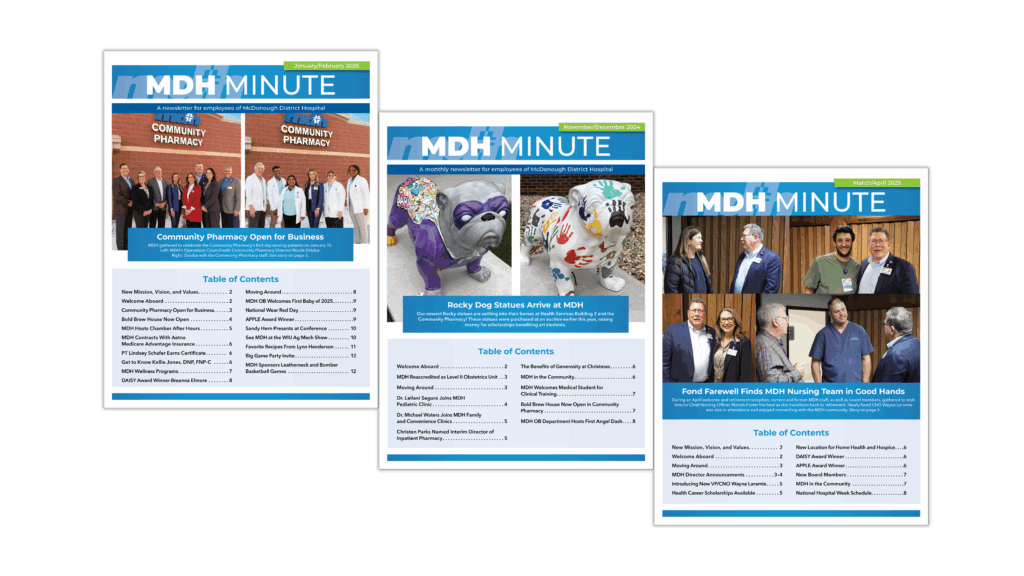Keep your brand headed in the right direction with identity statements
by Lexie Thomas, Write Place owner and content expert
A mission, vision, and purpose are front and center for nonprofits—even more so than for businesses in the for-profit sector. Without these brand identity statements, communicating to volunteers and donors what you do and why you’re doing it gets a lot harder.
What can be overlooked is how pivotal a role these statements play in the marketing efforts that make sense for your nonprofit. There is some incredibly helpful branding work that can be done—elements that build out from your vision, purpose, and mission—that will inspire and guide your team toward those successful marketing efforts.
A full organizational identity development journey includes working on familiar statements like your mission, vision, and purpose, as well as on some identity elements that may not be so familiar or well-developed:
- Values
- Objectives
- Positioning
- Audiences
- Personality
It’s helpful to break down these elements into three groups to understand the role each plays.
- The vision, purpose, and mission are the heart of any organization. Most often, the intent is for these pieces to be shared verbatim in external contexts. Whether your nonprofit needs all three is something to explore; they do each have a unique role to play. Of the three groups, your board of directors takes the most ownership here.
- Values and objectives are critical to keeping everyone in the organization working in the same way to accomplish the mission. They are shared externally when a deeper understanding is the goal. Developing values and objectives is often a joint effort between your board and marketing leader.
- Audiences, positioning, and personality are internal pieces developed to guide marketing efforts. These are often “owned” by the marketing team, with board awareness and buy-in.
This seems like a lot of “stuff”…
If you’re counting, that’s eight elements that make up your brand identity statements. It is a lot of stuff. But it’s stuff that matters, and here’s why.
Collectively, these identity statements are an internal compass. Having them documented makes the job of the communications and marketing team more straightforward, because they provide an anchor point for messaging, content writing, and design.
When your nonprofit team knows these statements, has internalized them, and is able to act and speak these words and live out these values, it builds your brand and reputation.
While the impact of these statements may not be measurable, putting them on paper will make a difference. With time, they will weave their way into external marketing efforts, resulting in more awareness of your nonprofit, a solid reputation, and an easier “sell” to potential donors and funding partners.
What the process looks like
Expect to need a few planning sessions with your board as you develop your brand identity statements. You’ll also need numerous writing—and rewriting—sessions. Even if you’ve got your starting point defined—meaning you have a vision/mission/purpose—you may decide to suggest some revisions as you dig into what each of these elements is and what role they can play for your nonprofit.
Bringing in the assistance of an outside team like the Write Place may make sense if the tasks of leading these ideating sessions and writing are too time-consuming, or if you feel an outside perspective would be valuable.
Whatever path is right for your nonprofit, you won’t regret the time you put into building up your brand identity statements.
Recommended reading: As with other articles in this series, concepts in this article are discussed in more detail in the book Brandraising by Sarah Durham. For more insight into nonprofit marketing, check it out!
Photo by Heidi Fin on Unsplash



